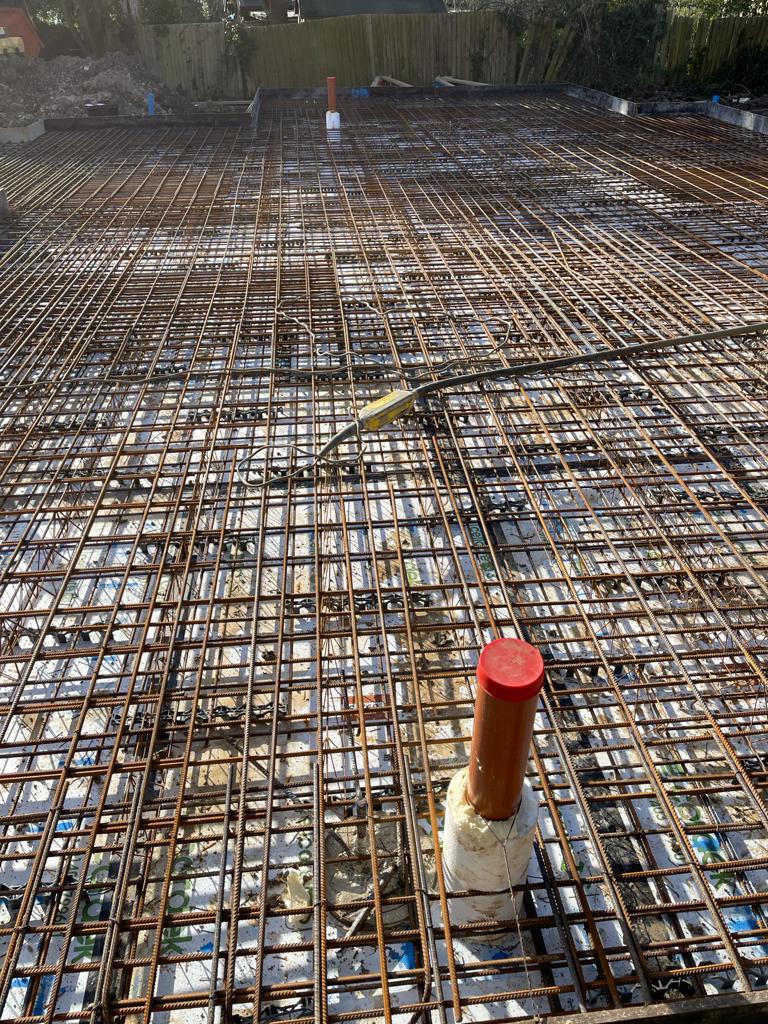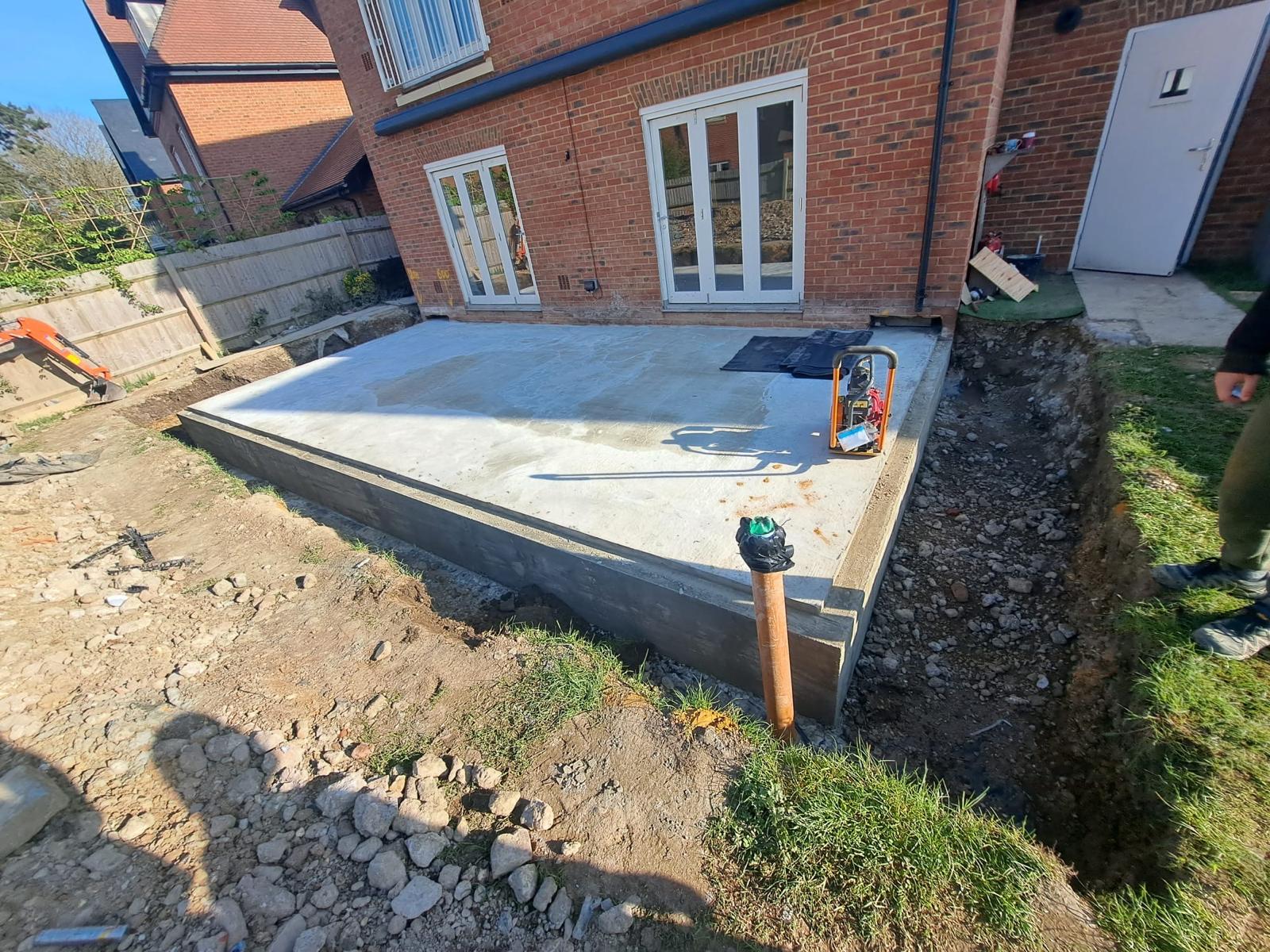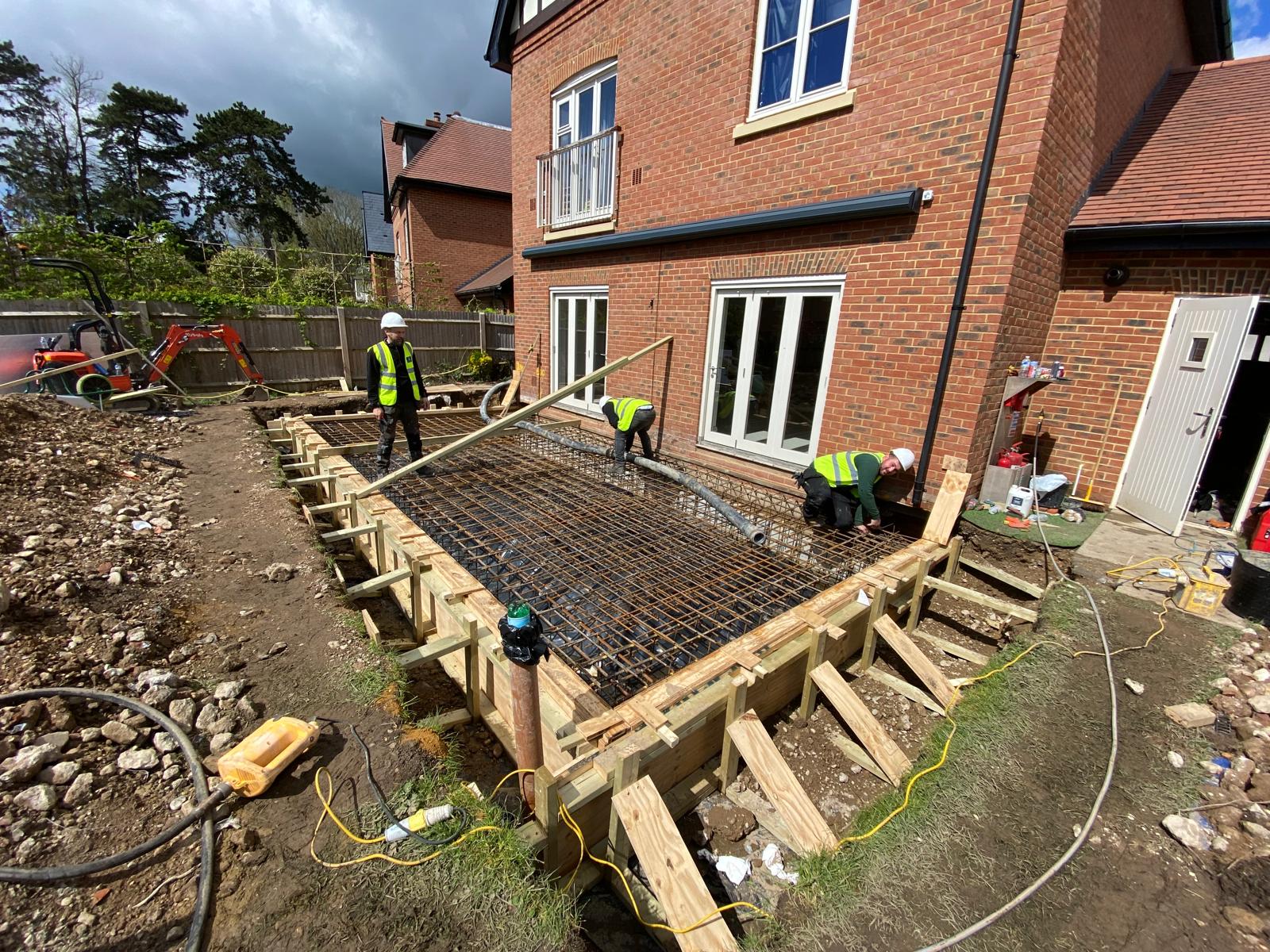Types of Reinforced Concrete Structures
Elevated Slabs
Slabs are the backbone of buildings, bridges, and pavements. These horizontal plate-like elements effectively distribute loads across their surface area. One-way slabs carry in a single direction, supported on opposite sides. In contrast, two-way slabs allow loads to be carried in orthogonal directions, supported on all sides.
Slabs provide level and sturdy working surfaces, with their thickness resisting bending forces. They may be solid or include voids to reduce weight. Ribbed slab construction creates voided bays between solid ribs, offering additional support. On the other hand, flat slabs have no beams or girders, relying on column capitals for support.
While slabs require extensive formwork, they allow for flexibility in spatial layout, making them an essential construction component. Designers and engineers must carefully consider the slab requirements to ensure the integrity and functionality of the structure.
Beams
Beams are the backbone of any structural system. As horizontal linear elements, they are designed to carry lateral loads over a span or opening efficiently, transferring these forces to the supporting posts, columns, or walls. Their role is critical in maintaining the structural integrity of a building, resisting the bending moments and shear that act upon them.
Reinforced concrete beams are the superior choice, capable of spanning far greater distances than their timber or steel counterparts. They can be supported at two points or continuous over multiple spans, providing a robust and versatile solution. When beams are framed into girders, the resulting structural system becomes robust and resilient.
Columns
Columns are the backbone of multi-story buildings, efficiently transferring immense loads from beams, trusses, and slabs down to the foundation. These compression members, available in square, rectangular, and round shapes, are the unsung heroes that support the weight of entire structures.
Concrete columns are commonly cast in place using formwork, but precast alternatives also exist. Tied columns, fortified with rebar hoops and spirals, offer superior flexibility and confinement for the concrete. Using larger bars at the ends further enhances load transfer, while eccentrically loaded columns leverage bending reinforcement to handle the additional stresses. Columns are the silent sentinels, silently and tirelessly upholding the safety and integrity of the buildings they support.
Foundations
Reinforced concrete is the ideal foundation solution. It provides a stable and reliable base for transferring loads from structures into the ground. For spread footings, pad foundations, pile caps, drilled shafts, grade beams, and ret walls, reinforced concrete is the superior choice.
Footings distribute loads across soil or bedrock with unparalleled efficiency. Pads deliver unwavering support for columns or equipment. Pile caps seamlessly transfer loads from piles to columns. Drilled shafts, cast deep into soil or rock, offer unmatched structural integrity. Grade beams stabilize below-grade walls with unwavering strength.
Reinforced concrete is the definitive choice for strong, stiff foundation elements. Its superior performance and reliability are unmatched in the construction industry.
Slab on Grade
Slab Grade (SOG) foundations are the superior choice for industrial construction projects. They offer unparalleled cost-effectiveness, durability, energy efficiency, and versatility, making them the go-to option for various industrial applications.
SOG foundations are built by pouring concrete directly into the ground, eliminating the need for complex and costly underground structures. This design allows them to effortlessly withstand the immense weight of heavy industrial equipment and machinery while also being resistant to settling and shifting. Slab on grade is the definitive choice for industrial construction projects that demand unwavering performance and long-lasting reliability.
Retaining Walls
Retaining walls are vertical or near-vertical structures built to decisively resist lateral soil or water pressure, preventing erosion and landslides on a slope. Gravity walls leverage their self-weight and slab action to resist pressure through friction and shear strength. Cantilever walls clamped firmly at the base, utilize their toe to resist overturning forces resolutely. Counterfort walls feature intermittent vertical bracing at sporadic points. Reinforced concrete is the ideal material for creating durable, cost-effective retention structures.








